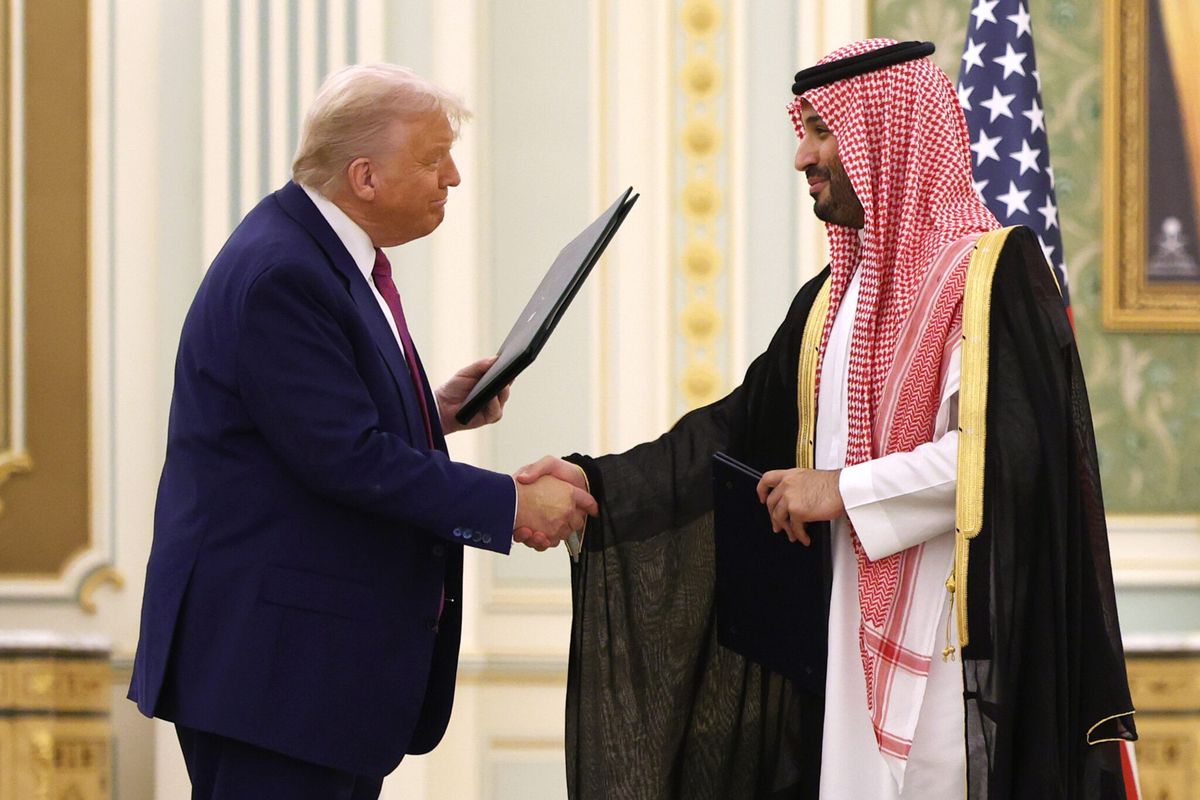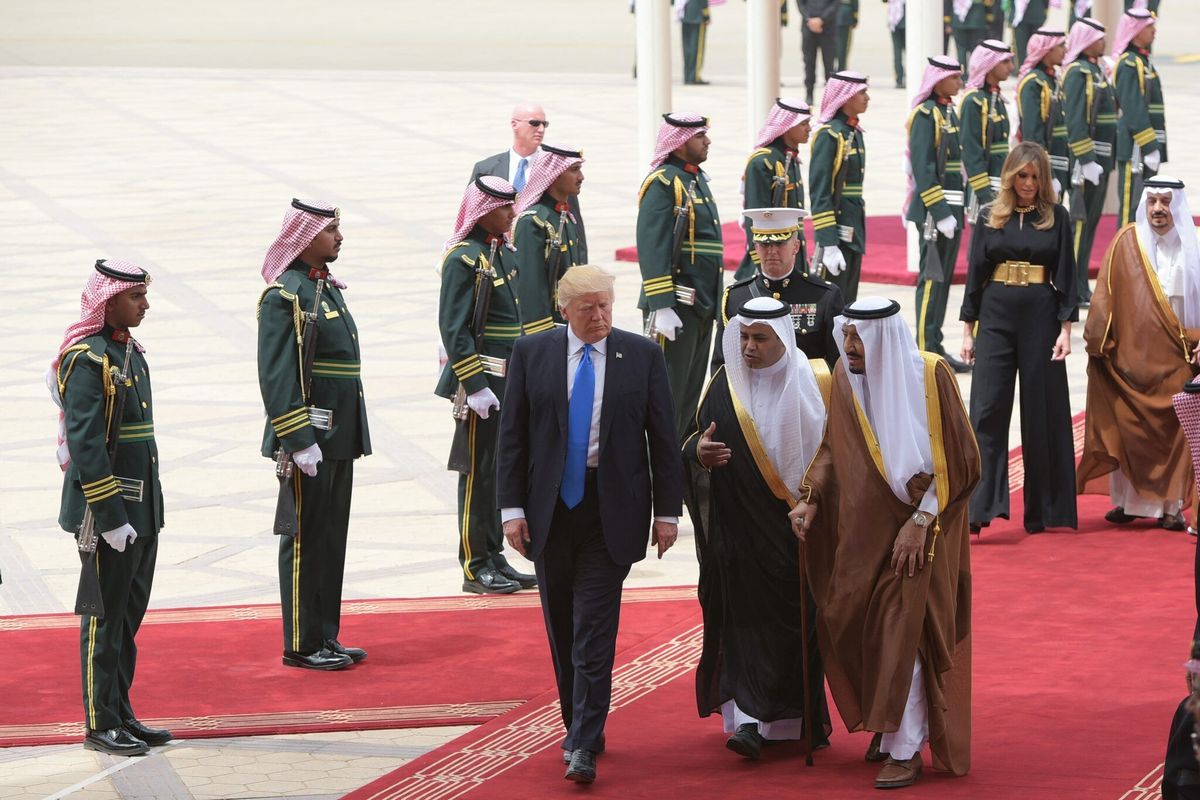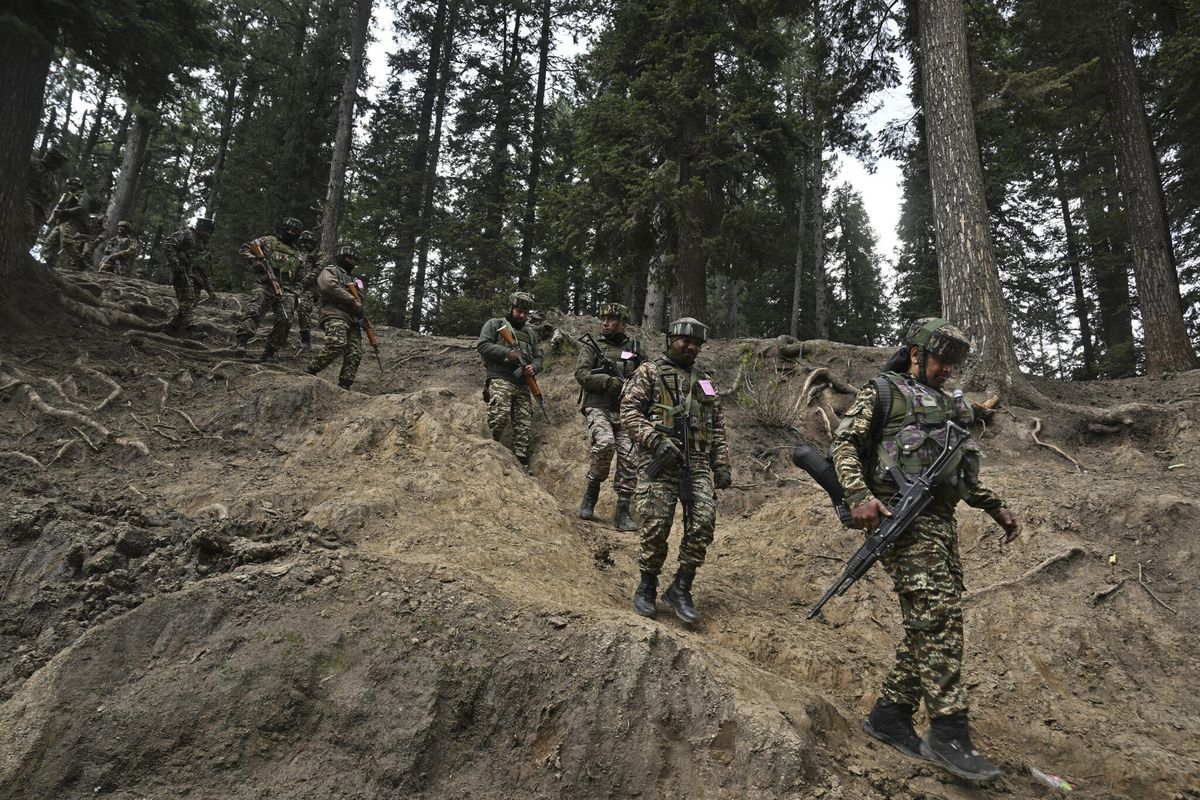EXCLUSIVE — The acting Director of the U.S. National Counterterrorism Center (NCTC) Brett Holmgren told The Cipher Brief's 2024 Threat Conference Sunday that Israel's war in Gaza has led to a "reenergized global terrorism movement" and inspired dozens of global terrorist plots.
Speaking on the eve of the one-year anniversary of Hamas' massacre in Southern Israel, Holmgren gave an address under the heading "An Era of Heightened Terrorist Threats" which was dominated by the domino effects of recent events in the Middle East.
Describing a "notable uptick" in terrorist plots in Europe and the U.S. in the last year, Holmgren said the NCTC had linked many of these to the events sparked by the Hamas attacks one year ago.
"Since 7 October 2023, there have been at least 19 attacks and 21 disrupted plots in more than 20 countries," Holmgren said, "for which the Israel-Hamas conflict has served as a primary motivational driver, contributing factor, or probable reason for target selection." He said the figures were the result of NCTC research and reporting.
The U.S. intelligence community (IC) has warned that Israel's war in Gaza, and in particular its toll of dead and wounded, would have "a generational impact on terrorism," and inspire new recruits for jihadist organizations. Holmgren's remarks put an actual figure to the fears, and he added that "the Israel-Hamas conflict is emerging as the most consequential event impacting global terrorism in the last decade."
Holmgren became acting Director of the National Counterterrorism Center in July, after several postings in the intelligence community (IC) and - most recently - three years Assistant Secretary of State for the Bureau of Intelligence and Research. Extended excerpts from his address appear below.
Remarks by acting Director of the National Counterterrorim Center (NCTC) Brett Holmgren
delivered at The Cipher Brief 2024 Threat Conference
Sea Island, Georgia
Holmgren's remarks have been lightly edited.
As we reflect on the [Hamas attack on Israel on Oct. 7] one year later, several defining trends have emerged: a humanitarian crisis in Gaza that will take years to repair; an emboldened Iran and its terrorist proxies, the importance of US leadership and engagement, a more volatile Middle East, and a reenergized global terrorism movement.
In the weeks after 7 October, the Intelligence Community warned the crisis would galvanize a range of extremists to engage in violence—from ISIS and al-Qa'ida to anti-semitic and Islamophobic actors. In March, Director of National Intelligence Avril Haines further warned the conflict could have a “generational impact” on terrorism.
While the long-term effects of the conflict are highly variable, the early trend lines validate the IC’s initial predictions. Let me share a few data points.
Since 7 October 2023, there have been at least 19 attacks and 21 disrupted plots in more than 20 countries for which the Israel-Hamas conflict has served as a primary motivational driver, contributing factor, or probable reason for target selection. That’s based on analysis by the National Counterterrorism Center. There have also been more than a dozen plots that were motivated at least partly by the conflict and were either abandoned or potentially remain active. These numbers exclude attacks by Sunni extremists in Israel, as well as the thousands of rocket, drone, missile or other attacks against Israel and U.S. forces in the Middle East carried out by Iran and its militant allies since last year.
Since last year, we've also observed a notable uptick in attacks in Europe and the Five Eyes Nations - Australia, Canada, New Zealand, the United Kingdom, and the U.S. - from just five attacks in the 12 months before 7 October, to 21 attacks since, reflecting the rise globally in anti-Israeli and anti-semitic sentiments. And in Europe, the Five Eyes nations and the Middle East, Jewish and Israeli interests have been the predominant target of attacks or disrupted plots influenced by the conflict. This excludes attacks in Israel or the Palestinian Territories.
These dynamics are likely to persist if the conflict in Gaza endures or a broader war in the Middle East breaks out. Now, here at home, thanks to U.S. law enforcement and homeland security, there have only been two attacks tied to the conflict thus far, though we do remain concerned that terrorist propaganda and emotive content from Gaza will drive lone actors to attack, especially as events in the Middle East escalate.
So in short, one year later, this much is clear: the Israel-Hamas conflict is emerging as the most consequential event impacting global terrorism in the last decade.
But the conflict is hardly the only driver of the currently elevated threat environment in which we find ourselves. There are many factors: new migration patterns spurred in part by Putin’s war in Ukraine, growing political and economic grievances worldwide, and technological advances, among others, have created this new dynamic.
The elevated nature of the threat comes after years of sustained counterterrorism pressure—across multiple administrations, including the current one—against al-Qa'ida, ISIS and its affiliates across the globe. These efforts decimated these groups’ leadership and external operations capabilities and reduced the threat they posed to the US Homeland to its lowest level since 9/11.
But terrorists adapt and the threat evolves. And so today, we are entering a new phase of the global terrorism landscape—the latest incarnation of an ever-changing threat.
Whereas the United States previously focused on countering centrally-planned, large-scale attacks directed by groups like al-Qa'ida and ISIS, today’s threat is more diverse, decentralized, and complex. Often less capable and less sophisticated, but still lethal.
It’s more diverse because the ideological motivations and range of foreign terrorist actors are multi-dimensional. Today’s actors include not only al-Qaeda, ISIS and Hezbollah, but also transnational racially and ethnically motivated extremists, anti-government and anti-authority groups, homegrown violent extremists, and Iranian-linked entities. And when it comes to Iran, the United States will continue to aggressively thwart and deter the Iranian government’s persistent, brazen and pernicious efforts to target anyone here in the United States or US interests abroad.
The threat is more complex because terrorists are savvier technologically. They’re using more secure communication platforms, turning to cryptocurrency and alternative payment channels, and they’re embracing emerging technologies like 3D printing and artificial intelligence.
In the homeland, the most acute threat continues to be from HVEs [homegrown violent extremists]. These are individuals who are motivated, influenced by, or in contact with foreign terrorist organizations like ISIS. And here, it’s worth noting that since 9/11, HVEs have conducted 41 of the 49 terrorist attacks in the United States.
While groups overseas currently lack the capacity to launch large-scale 9/11-scale attacks on the U.S. homeland, organizations like ISIS, especially its branches in Syria and ISIS-Khorasan—the most potent elements of ISIS’s global enterprise—as well as al-Qaeda’s affiliate in Yemen, remain committed to enabling and directing external operations elsewhere. These are regions facing what we would call a reenergized threat from ISIS, al-Qaeda, and Iranian-linked groups.
In Lebanon, we’re monitoring the situation closely and looking for any signs that Hezbollah decides to escalate and plot against U.S. interests in or outside of Lebanon, which would be a mistake for the group.
Turning to Africa, stepped up U.S. efforts in Somalia since 2021 have kept al-Shabaab at bay, but elsewhere, ISIS and al-Qaeda-aligned groups have capitalized on declining security, coups and instability in places like Burkina Faso, Chad, the DRC and Mali to establish safe haven, launch attacks, and spread their violent ideology among vulnerable populations. While these groups mainly pose a local threat for now, we know that, if left unchecked, they could threaten U.S. and Western interests in the future. That’s why the United States, along with European partners, has been working to develop a more geographically diverse set of counterterrorism relationships in Central and West Africa.
Finally, in Europe, recent attacks and disrupted plots in Austria, Belgium, France, Germany, Italy and Sweden are manifestations of the threat we’re worried about here at home—young, vulnerable lone actors or loosely formed groups, often only connected virtually, drawing inspiration or guidance from ISIS to radicalize online and plan attacks.
In Europe, we're also attuned to the insidious threat from transnational REMVE [racially or ethnically motivated violent extremism], some of whom, for example, form the Terrorgram Collective, which is a global community of white supremacists who communicate through Telegram channels to incite violence and propagate hateful ideologies.
Before I conclude, I want to share some strategic challenges we’re confronting with the aim of sparking new thinking and conversations about how to tackle these issues moving forward.
The first is increased terrorist adoption of emerging technologies. From cryptocurrency and AI to commercial UAVs and secure communication platforms, we need to develop and deploy more effective and efficient countermeasures at scale to deny terrorists the ability to operate.
Second, a permissive social media environment has allowed the proliferation of violent extremist narratives on both open and encrypted platforms. As many of these platforms have shifted overseas, the capacity and willingness of companies to proactively enforce their terms of service agreements and meet voluntary commitments regarding content moderation has been mixed at best.
And third, the growing number of juveniles engaging in terrorism. This is a phenomenon that stretches across continents and extremist ideologies. A permissive social media environment is part of the problem, but there’s clearly more to do when it comes to prevention and disrupting recruitment and mobilization at the local level in communities around the world.
Read more expert-driven national security insights, perspective and analysis in The Cipher Brief.
It’s not just for the President anymore. Cipher Brief Subscriber+Members have access to their own Open Source Daily Brief, keeping you up to date on global events impacting national security. It pays to be a Subscriber+Member.













